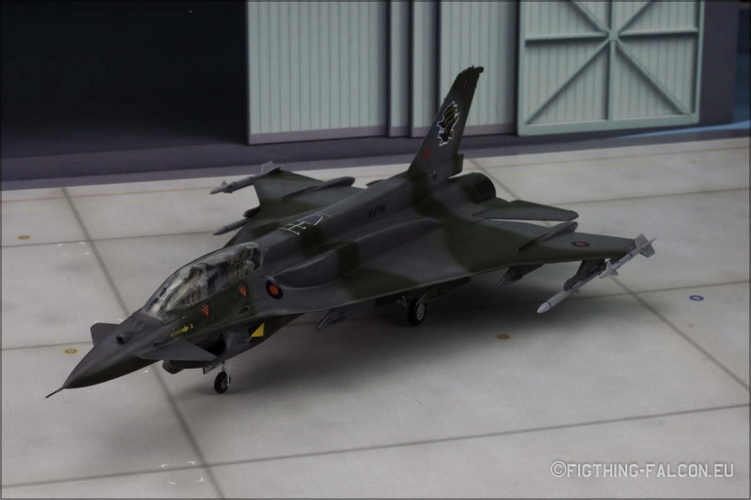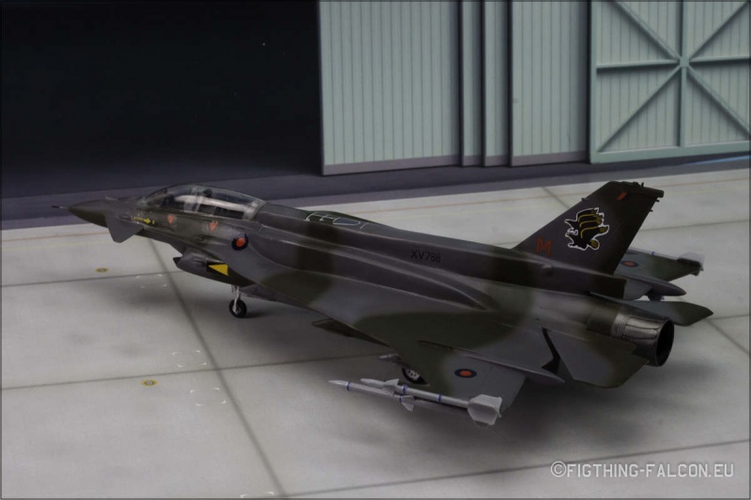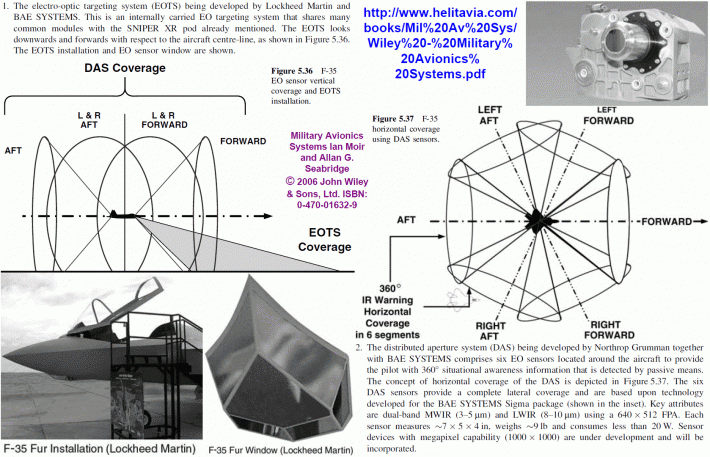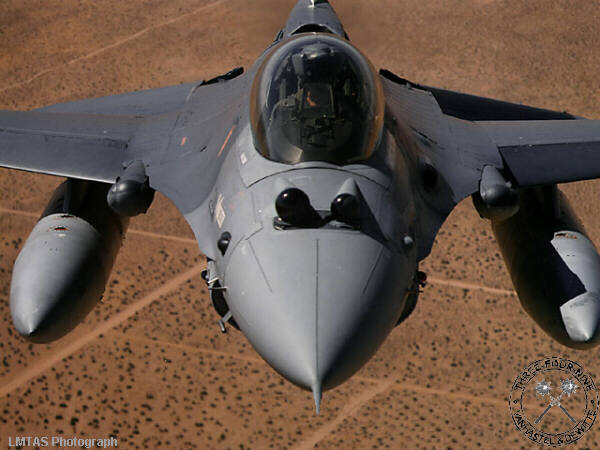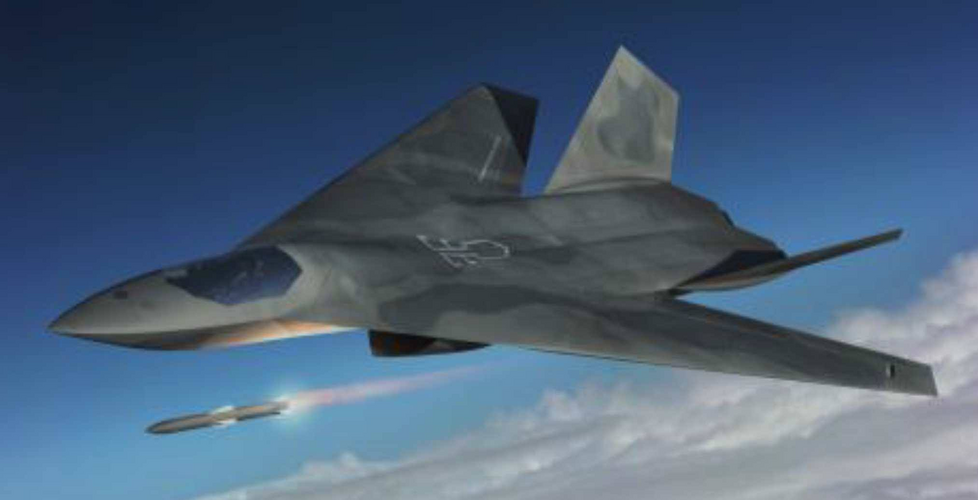Pardon me, binged the thread.
what are the main limitations in having these UCAVs to become the next 'lo' multirole combat aircraft?
they have internal bays, are generally smaller (good for carrier space), and seem cheaper.
is it a bandwidth issue? range issue?
It's a matter of C&C. USAF says all drone controllers are
Pilots (meaning commissioned officers). Army and Marines say they're
Drone Operators, and are (usually) enlisted.
There's still a lack of autonomy for truly unmanned airframes, where the Drone Wrangler/Quarterback says "mission start, time to take off and form up on my wing"
and that's all the command needed. The CCAs then fly in formation without any further instructions from the Quarterback. Close to the operational point, the Quarterback then says "weapons free" and either "attack my target" or "attack other".
The programming to do all that isn't quite there yet. Parts of it are, like telling a set of drones "attack [location]" and the flight of drones decides among themselves which drone is hitting the primary target based on drone position and which drones are flying SEAD/DEAD. But not the totality of it.
I suspect that the eventual goal is to have one or two manned aircraft in the entire strike package. CCAs flying recon, strike, BDA, EW, and fighter cover.
I hate to say it, but as a Canadian... the 5th gen son-of-a-F-111 option sounds attractive. So whose going to play the role of McNamara and force it on all the services? The order will have to be large if us Canadians are going to be able to afford a few.
It's not going to happen in that sense.
The USN does not need anywhere near as much range (their floating airstrips can get closer) or as stealthy a design, plus has size and weight limitations that the USAF does not.
NGAD is an entirely separate program from F/A-XX. At best they might share some systems, probably avionics. USN is on record as not wanting 3-stream engines right now, instead saying that they're wanting a "development" engine. I assume this is to shorten the time to IOC, with the 3-stream engine getting installed into later builds. Like how the F-14As were supposed to be the only ones with the TF30s, with the F-14Bs and on getting the F401 engines.
The published CONOPS for NGAD is a plane with some 3000+nmi range, 1500nmi combat radius. This suggests a very large airframe, on the same scale as FB-111s. 105klbs or more, depending on how much ordnance you expect the plane to carry. And I suspect that NGAD will get stuck with the same stupid law as F-22, and will be flat out prohibited from export.
For the F/A-XX, the Navy is looking for primarily a long range strike plane that can also fly BARCAP. They are willing to accept greater detectability if that makes the plane easier to land on a carrier. Basically, go look at the old A/F-X proposals for what the USN wants. I would not be surprised if the F/A-XX ends up right at the limits of what the catapults can throw, 80-90klbs MTOW. Dimensionally, it's going to be really close to the size of the F-111B, as that was limited by the size of the elevators. It's going to need two
large main bays, assuming that a mission load of 2x LRASM and 2x AARGM-ERs or 4x LRASM internal is realistic. We're talking about a plane with a ~1000nmi combat radius, minimum.
Now,
Canada may also want to take a look at GCAP and SCAF, since both of those are also looking at a fairly large, long ranged "Son-of-F-111" type design.
Since when does SLBM write software ?
When the crews are bored. So,
Tuesday. I never could get the Weapons Officer to approve making a model of the Delta Pier and sub in Counterstrike (we had that game on the ship's LAN), and there were several guys making chainmail in their downtime. Another dude was writing songs.







